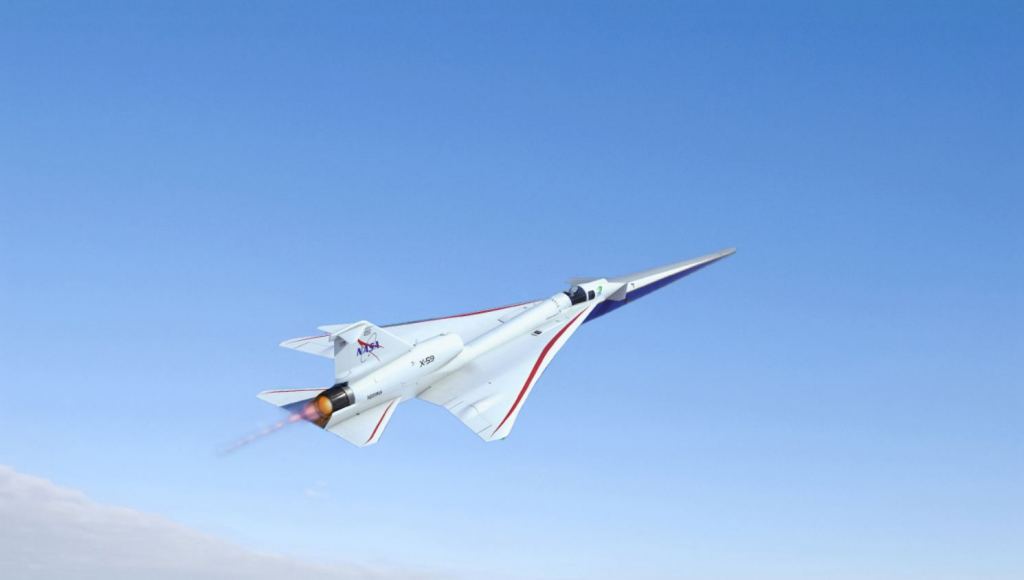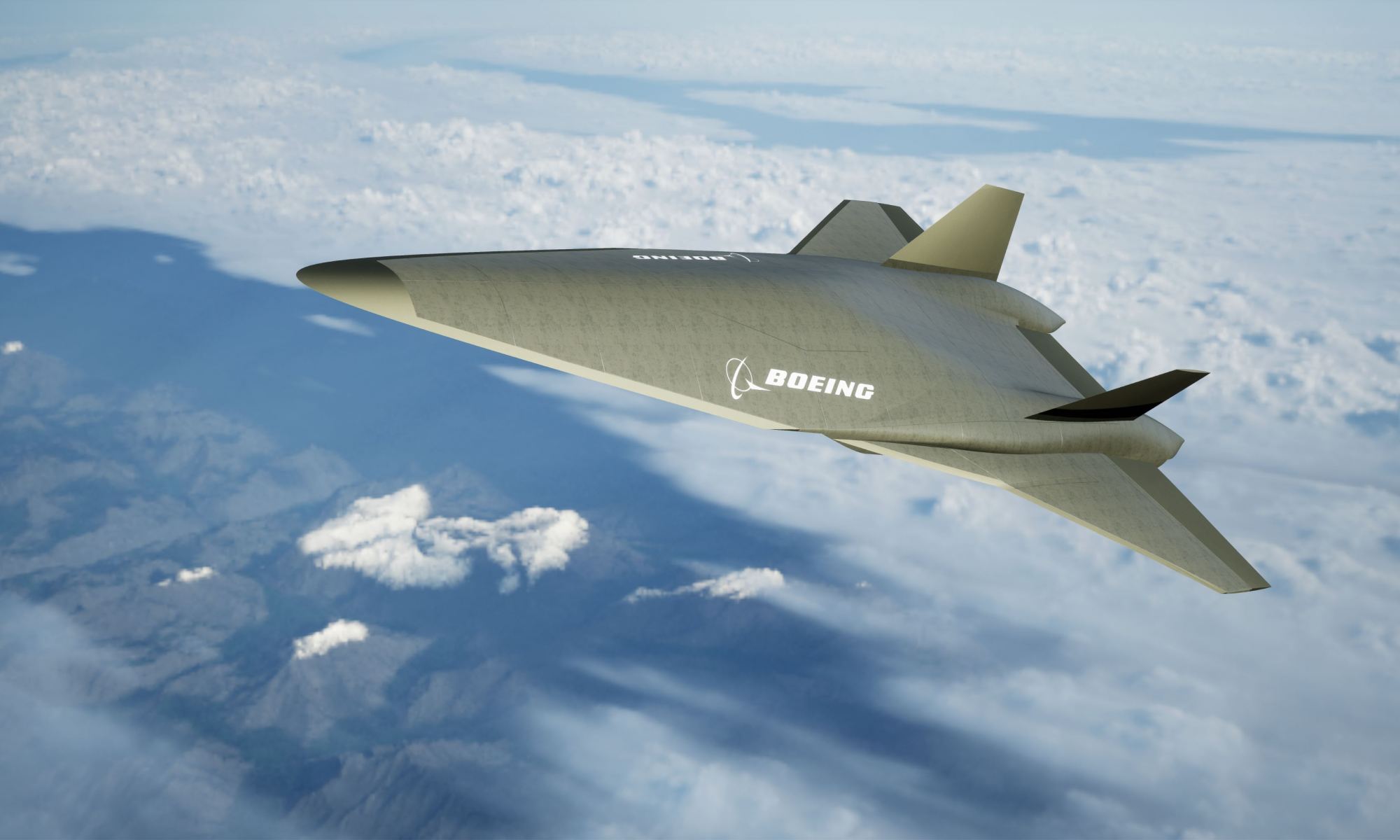The concept of supersonic transport (SST) has been a part of the commercial flight and aerospace sector since the 1970s. But as the Concorde demonstrated, the technology’s commercial viability has always been hampered by various challenges. For starters, supersonic planes must limit their speed to about 965 km/h (600 mph) over land to prevent damage caused by their sonic booms. Given the potential for flying from New York City to London in about 3.5 hours, which otherwise takes about 8 hours on average, aerospace engineers hope to overcome this problem.
Since 2006, the NASA Commercial Supersonic Technology Project (CSTP) has been researching SST as part of its QueSST mission and the X-59 quiet supersonic aircraft to reduce sonic booms, thus removing a crucial barrier to commercial development. Recently, NASA investigated whether commercial supersonic jets could theoretically travel from one major city to another at speeds between Mach 2 and 4 – 2,470 to 4,940 km/h (1,535 to 3,045 mph) at sea level. These studies concluded that there are potential passenger markets along 50 established routes, which could revolutionize air travel.
The QueSST mission aims to provide aviation regulators like the Federal Aviation Administration (FAA) with data that will help change the rules regarding overland supersonic flight. The U.S. and other nations currently prohibit supersonic flights over land, which is why the studies’ findings covered trans-oceanic travel. This included high-volume North Atlantic routes connecting North America to Europe, Africa, and Eurasia and trans-Pacific flights connecting to Asia. Lori Ozoroski, the project manager for NASA’s CSTP, explained in a recent NASA press release:
“We conducted similar concept studies over a decade ago at Mach 1.6-1.8, and those resulting roadmaps helped guide NASA research efforts since, including those leading to the X-59,” “These new studies will both refresh those looks at technology roadmaps and identify additional research needs for a broader high-speed range.”

With these studies complete, NASA’s Advanced Air Vehicles Program (AAVP) is now moving ahead with the next phase of the research. This program conducts studies to evaluate and create technologies that could lead to new aircraft systems and advanced concepts that promise to revolutionize air travel. The next phase will involve issuing two 12-month contracts to companies to produce designs and technology roadmaps for their realization. Each team will be led by a major aerospace developer and will include commercial and research partners offering technical expertise. They include:
- Team Boeing: Boeing Commercial Airplanes (lead), Exosonic GE Aerospace, Georgia Tech Aerospace Systems Design Laboratory, Rolls-Royce North American Technologies, and others.
- Team Northrop Grumman: Northrop Grumman Aeronautics Systems (lead), Blue Ridge Research and Consulting, Boom Supersonic, and Rolls-Royce North American Technologies.
Each team will be responsible for exploring air travel possibilities, outlining risks and challenges, and identifying the technologies necessary to make their concepts a reality. They will also be required to include detailed descriptions of the concept elements, including the airframe, power, propulsion, thermal management, and composite materials – all of which must be able to endure high-supersonic speeds. Said Mary Jo Long-Davis, the manager of NASA’s Hypersonic Technology Project (HTP):
“The design concepts and technology roadmaps are really important to have in our hands when the companies are finished. We are also collectively conscious of the need to account for safety, efficiency, economic, and societal considerations. It’s important to innovate responsibly so we return benefits to travelers and do no harm to the environment.”
In April last year, NASA reported that they had finished crucial ground tests on the X-59 airframe. These happened over several months at the NASA/FAA North Texas Research Station (NTX) in Fort Worth, Texas. The airframe was then returned to Lockheed Martin’s Skunk Works facility in Palmdale, California, where it received its supersonic jet engine by the following November. As of June 2023, the aircraft has been moved into a new phase of ground testing on the flight line (the space between the hangar and the runway) to ensure it is ready to fly.
These efforts parallel those of commercial space companies like Virgin Galactic, SpaceX, Blue Origin, and others hoping to realize suborbital and transcontinental flights with their spaceplanes and spacecraft in the near future. Whether it’s taking place in the air lanes above major cities or in space, the future of transportation promises to be very advanced and very rapid!
Further Number: NASA


The supersonic speed at Mach 2 over land was not what “killed” Concorde. Friction was the biggest challenge and an even bigger problem at Mach 4. With the increased fuel prices, the energy needed to cool the cabin became too expensive. The time lost by flying subsonic over land is not so great if you fly from Europe to the east coast of America and back. If the route is from Europe to the West Coast, flying supersonic all the way makes some sense.